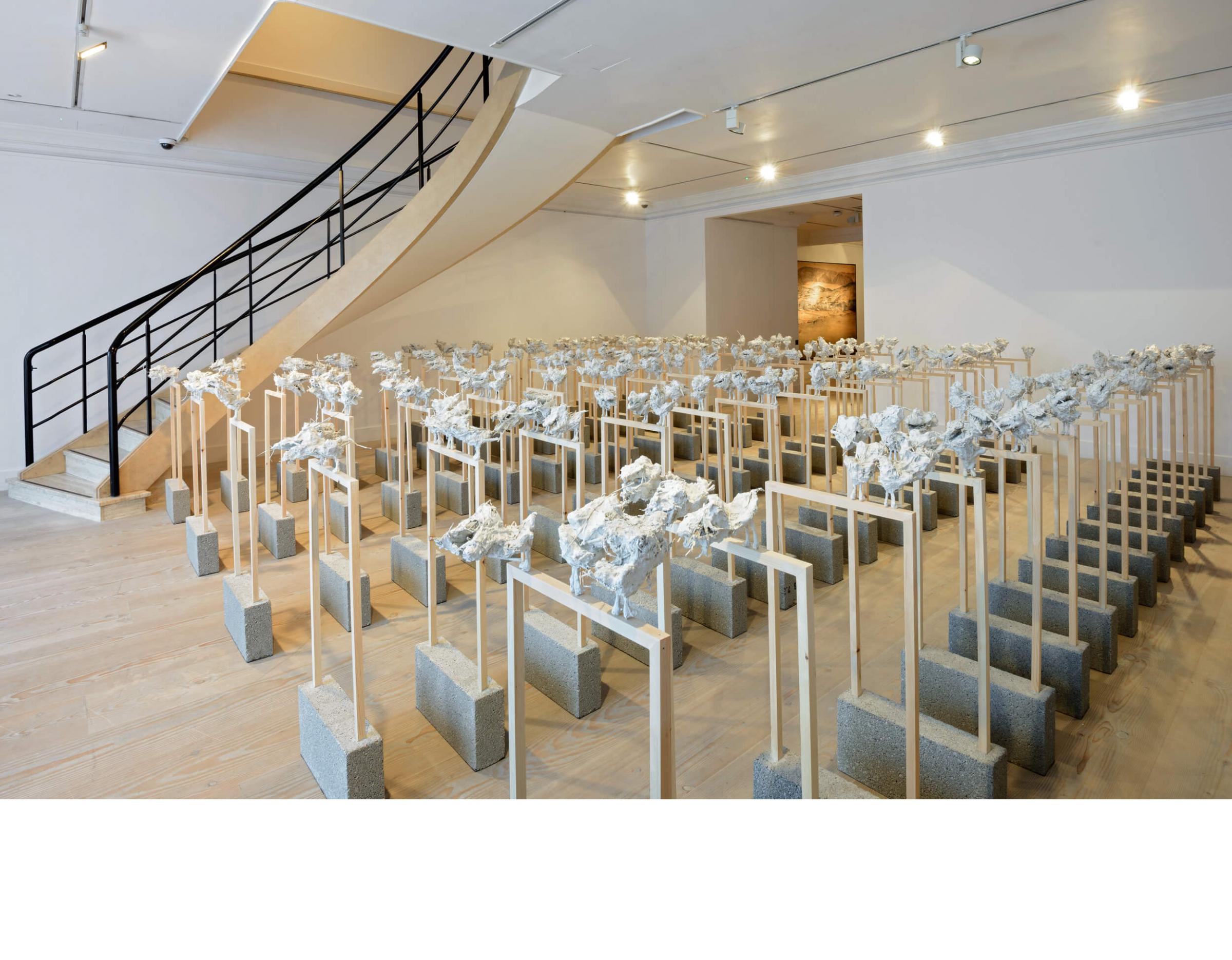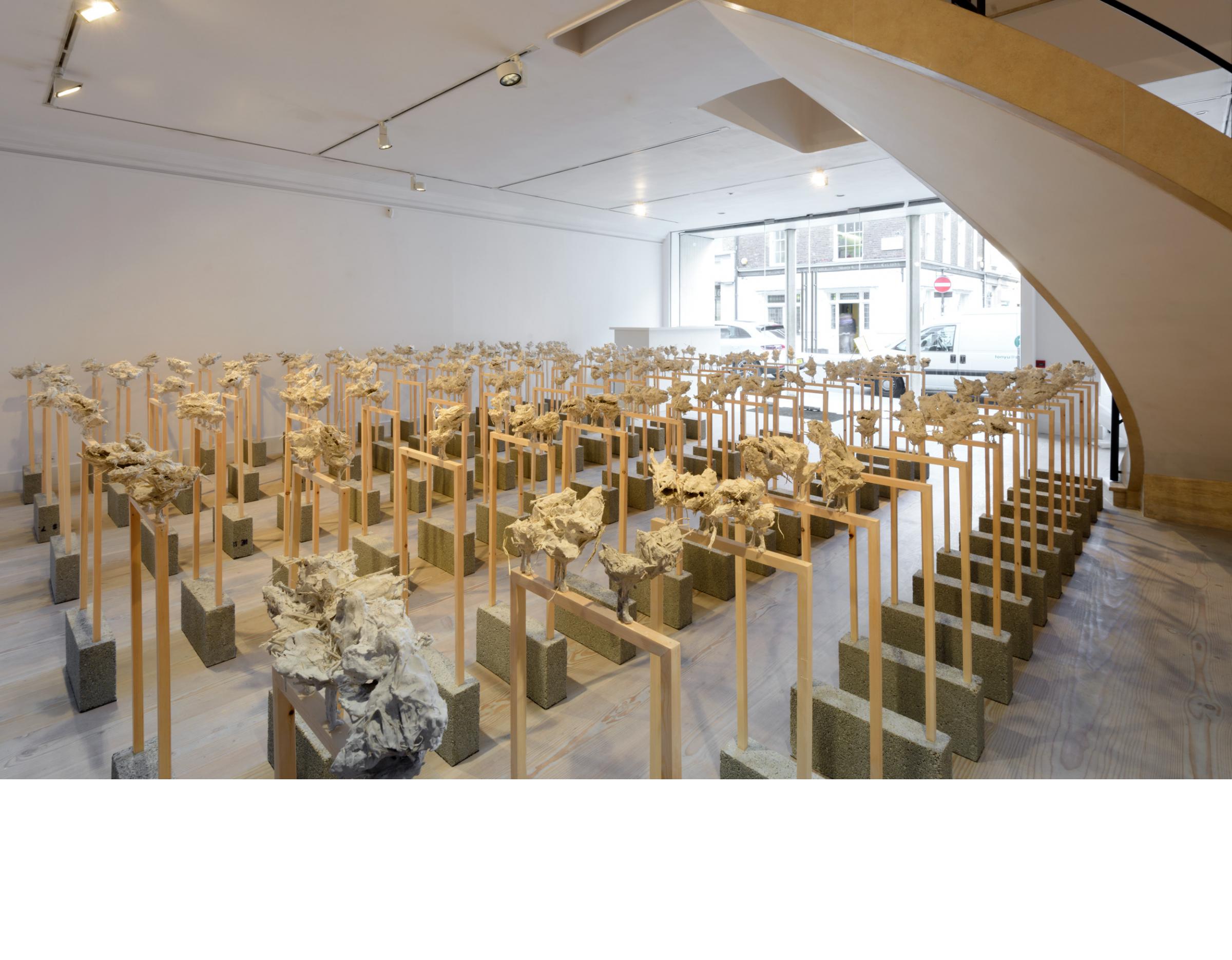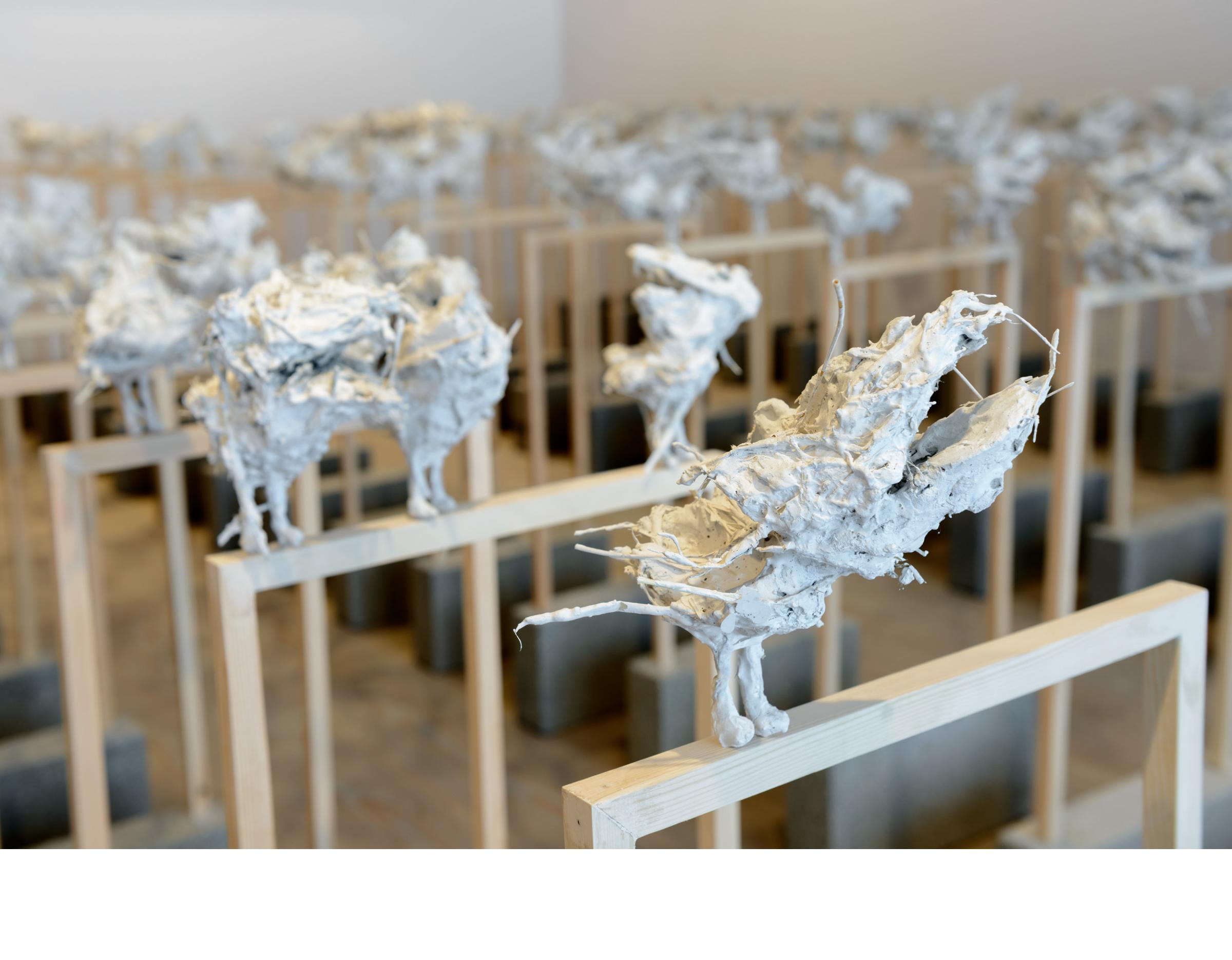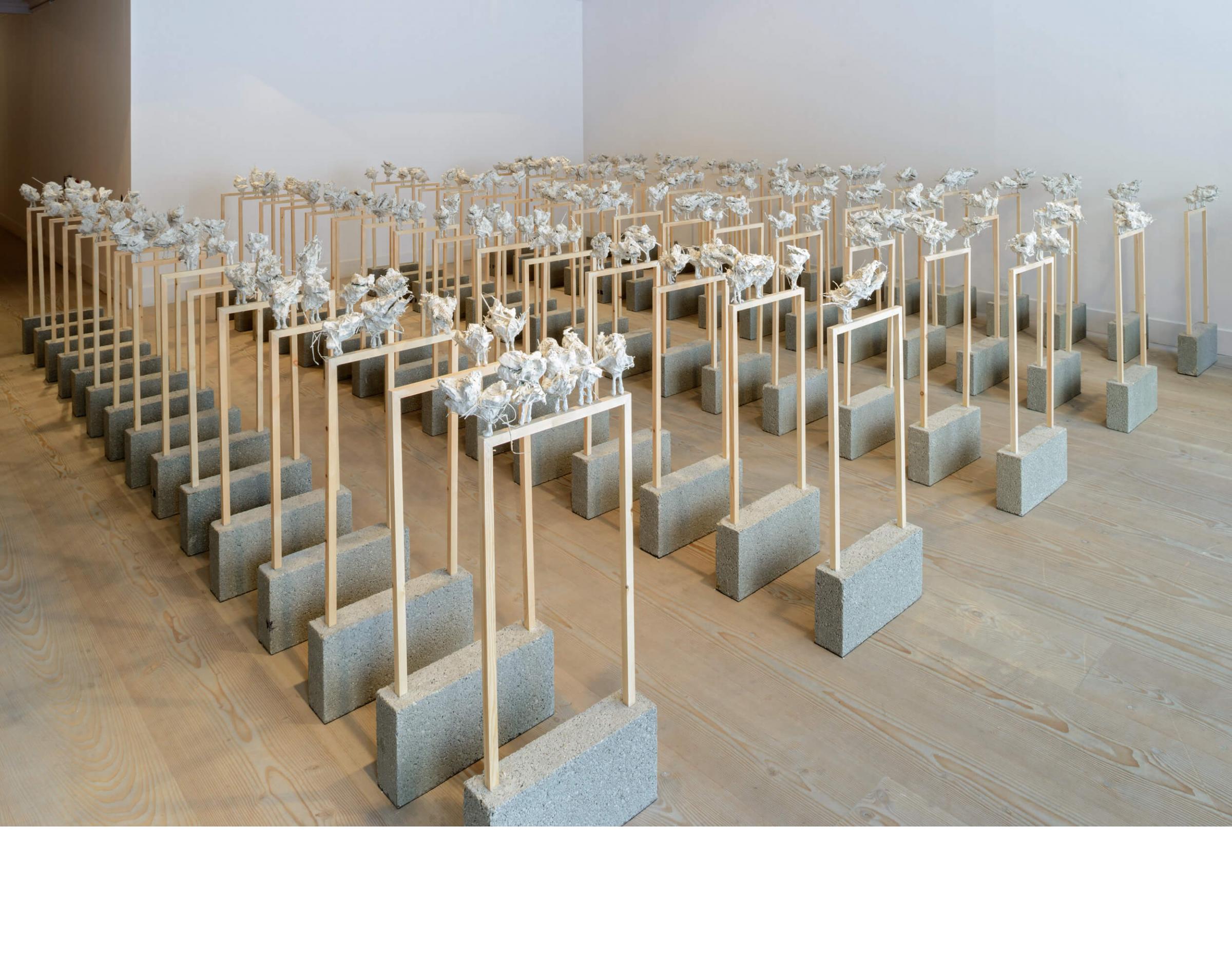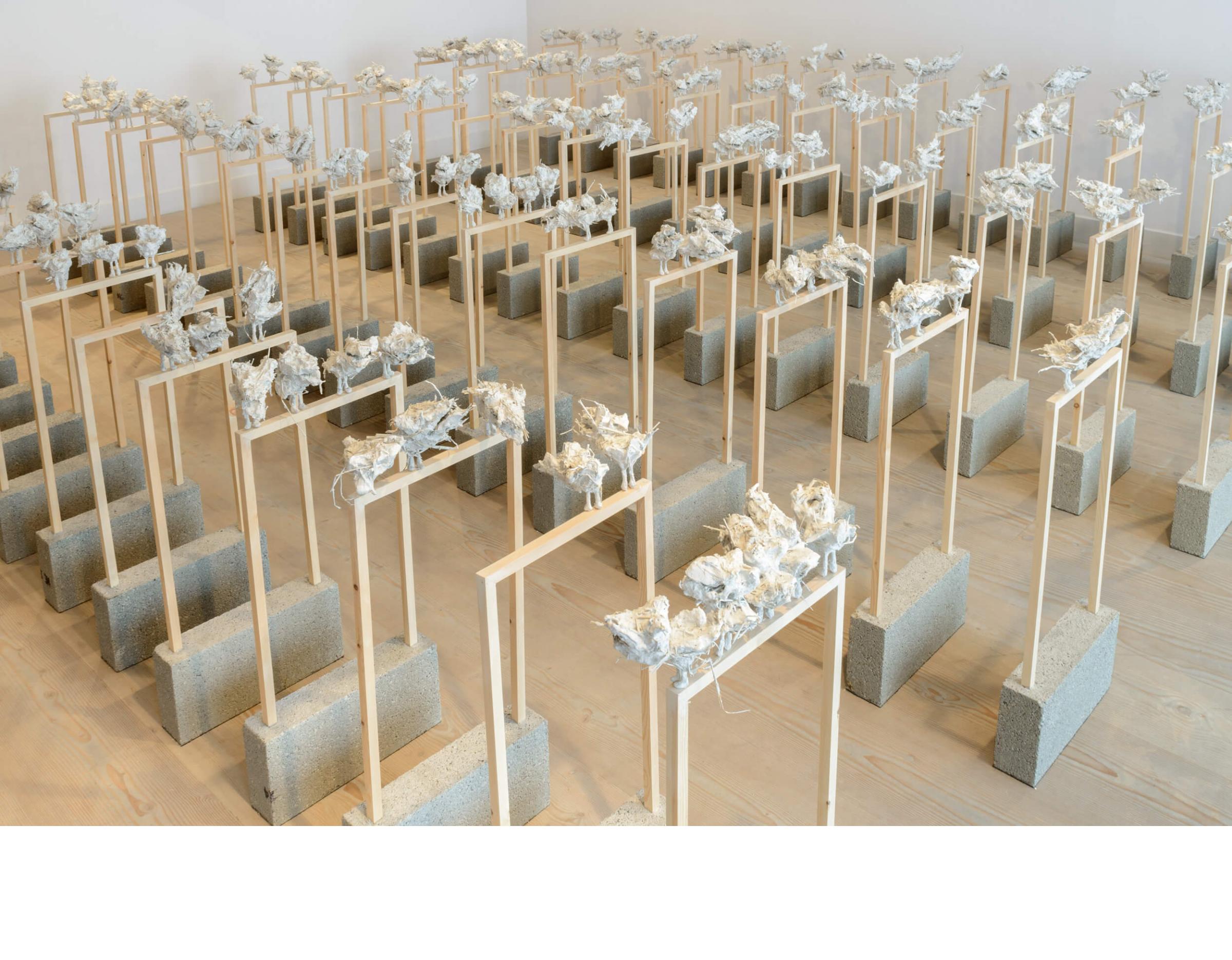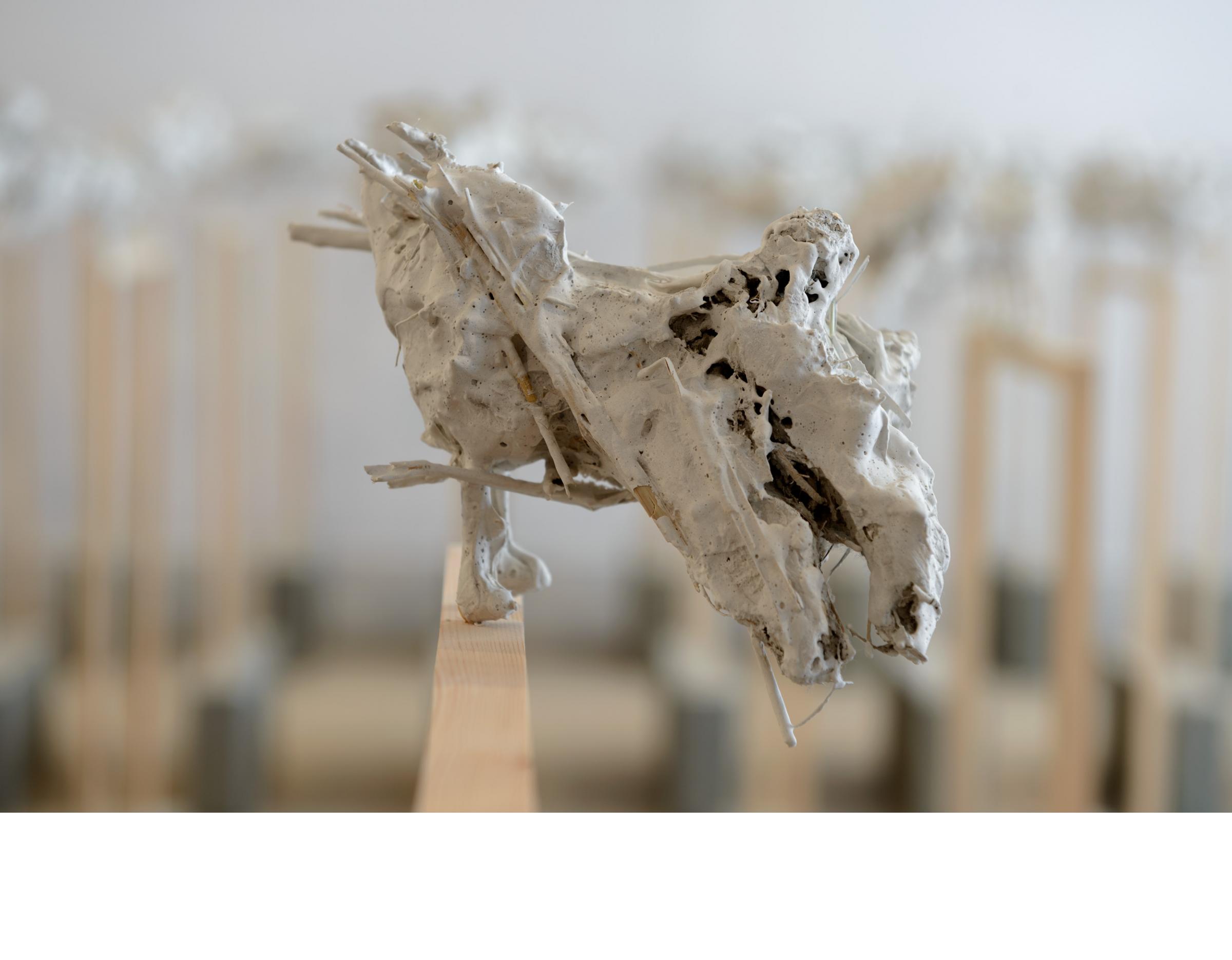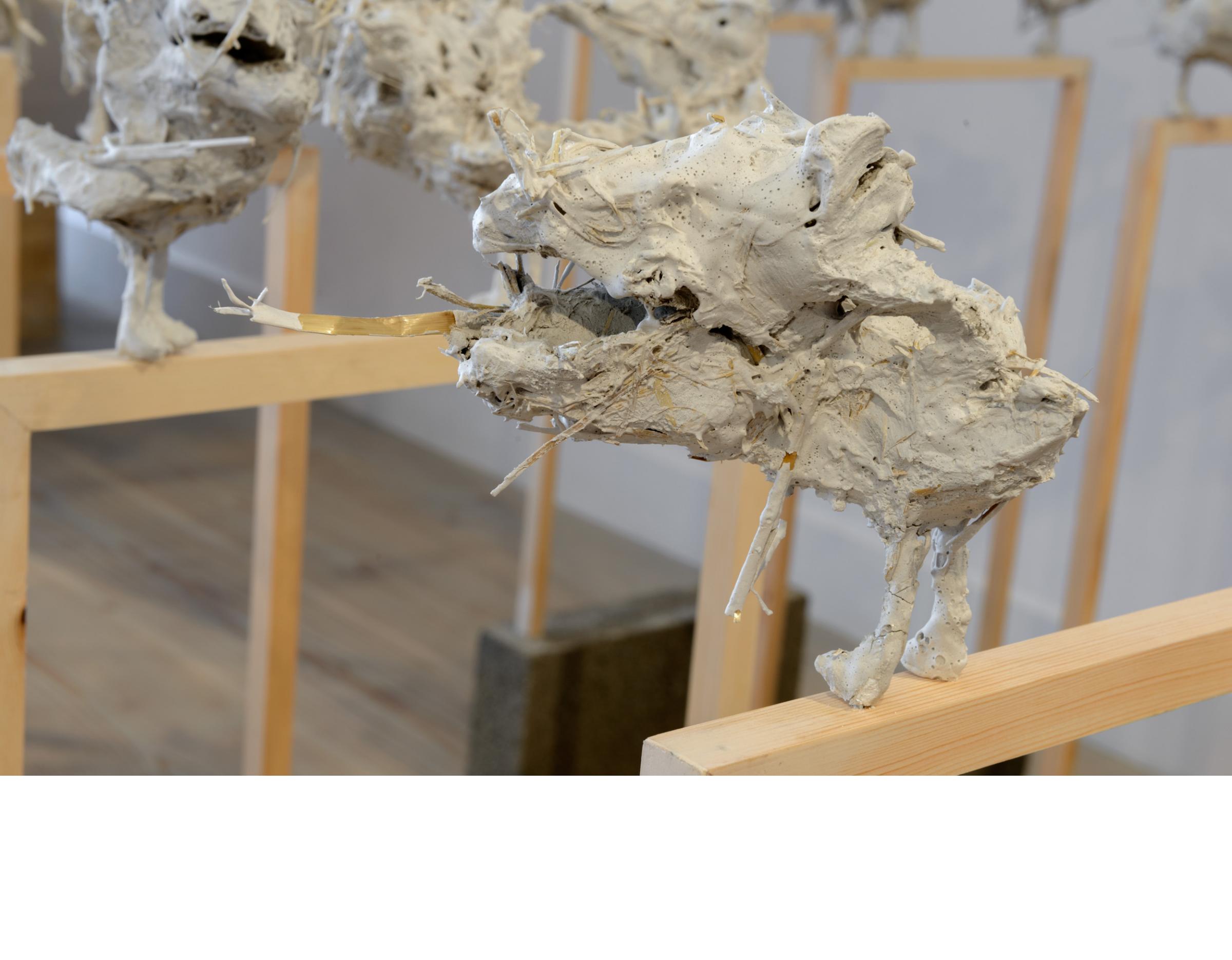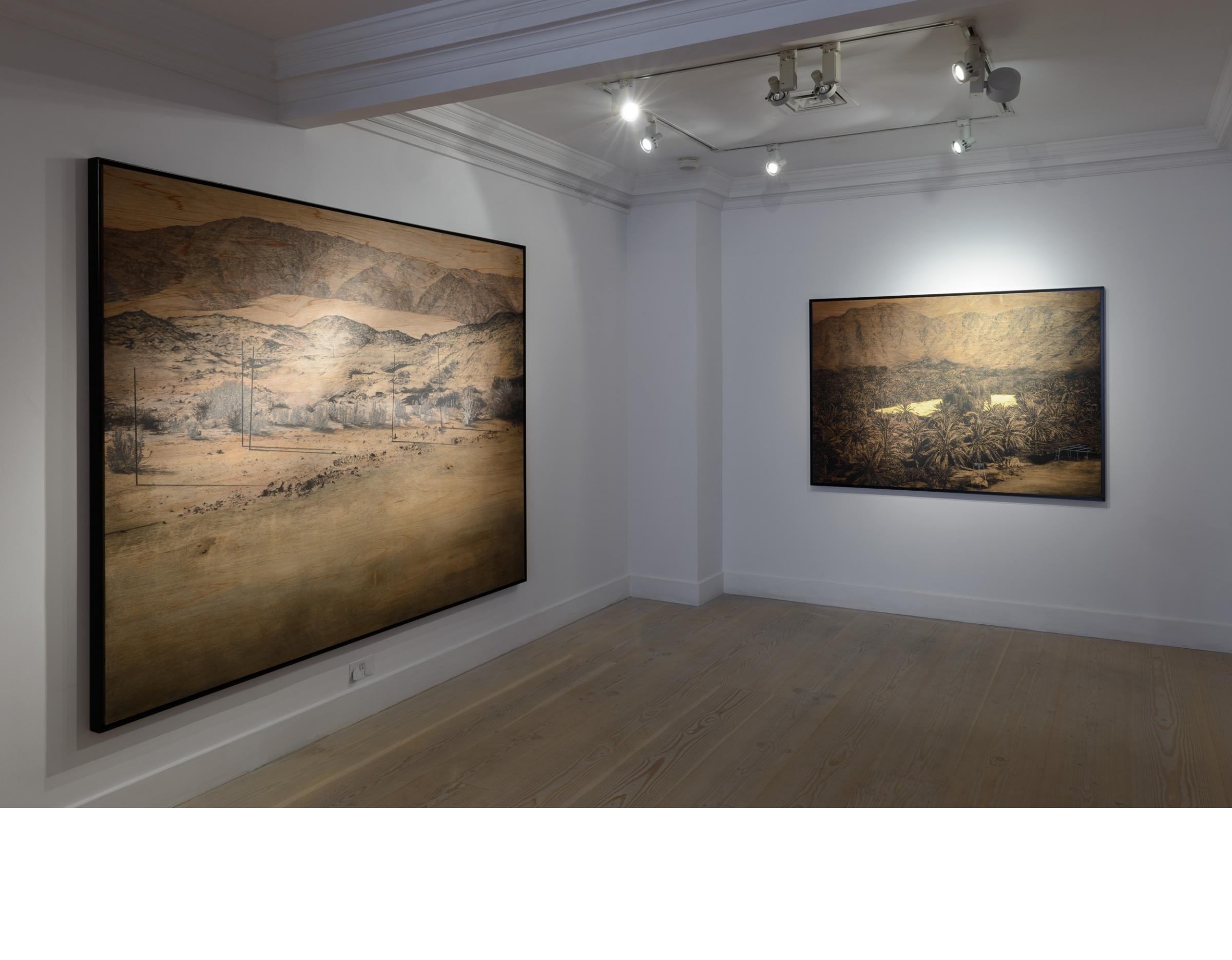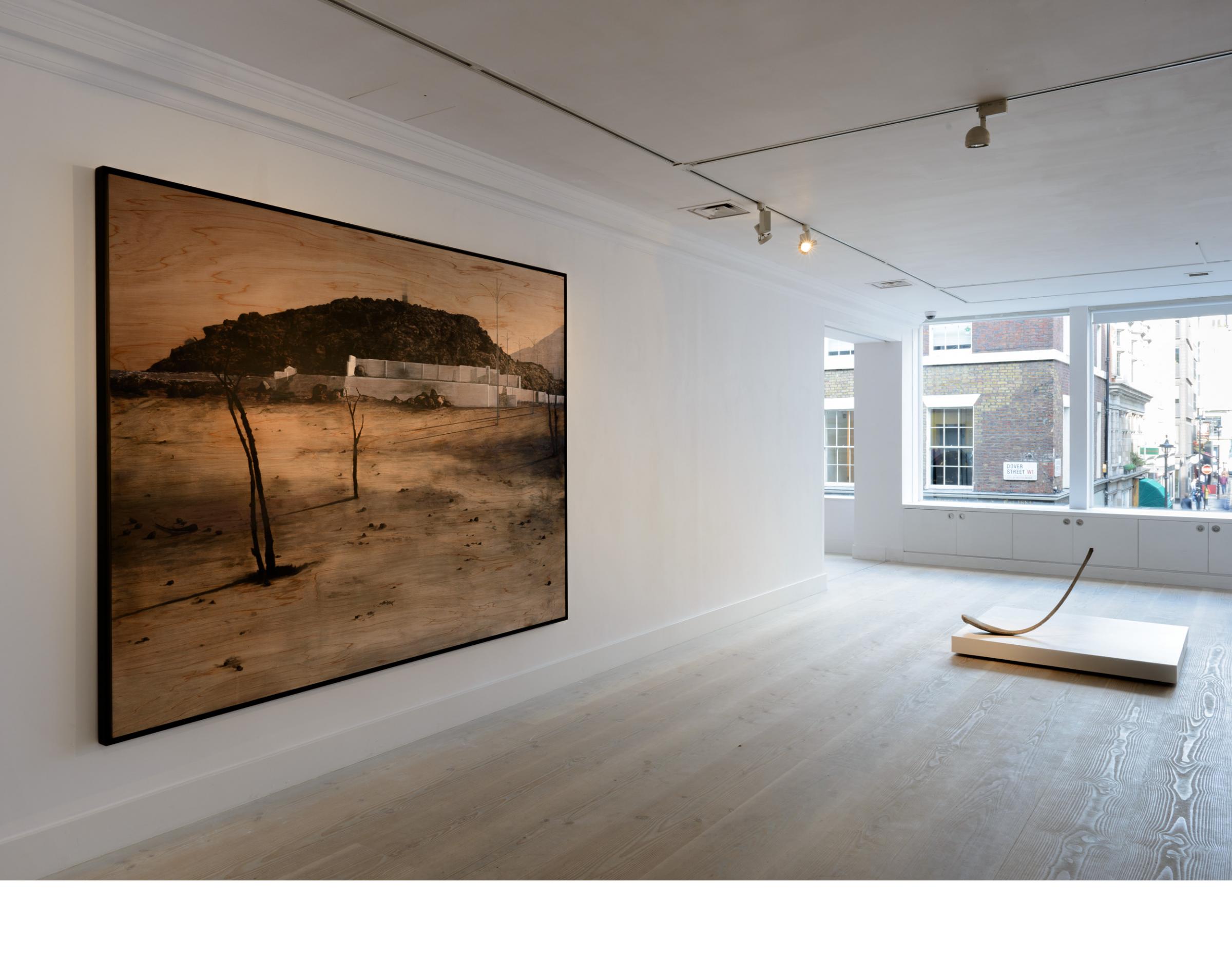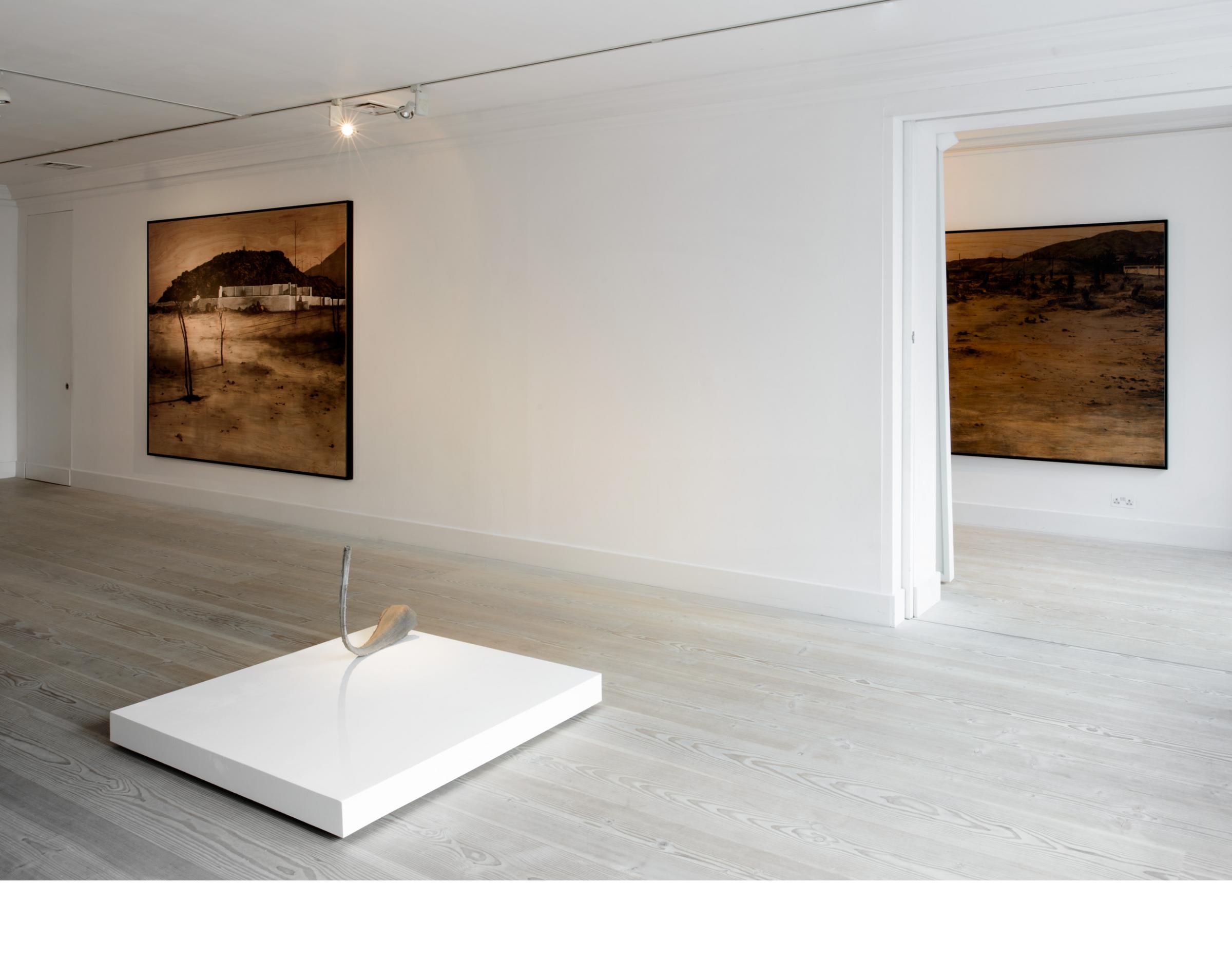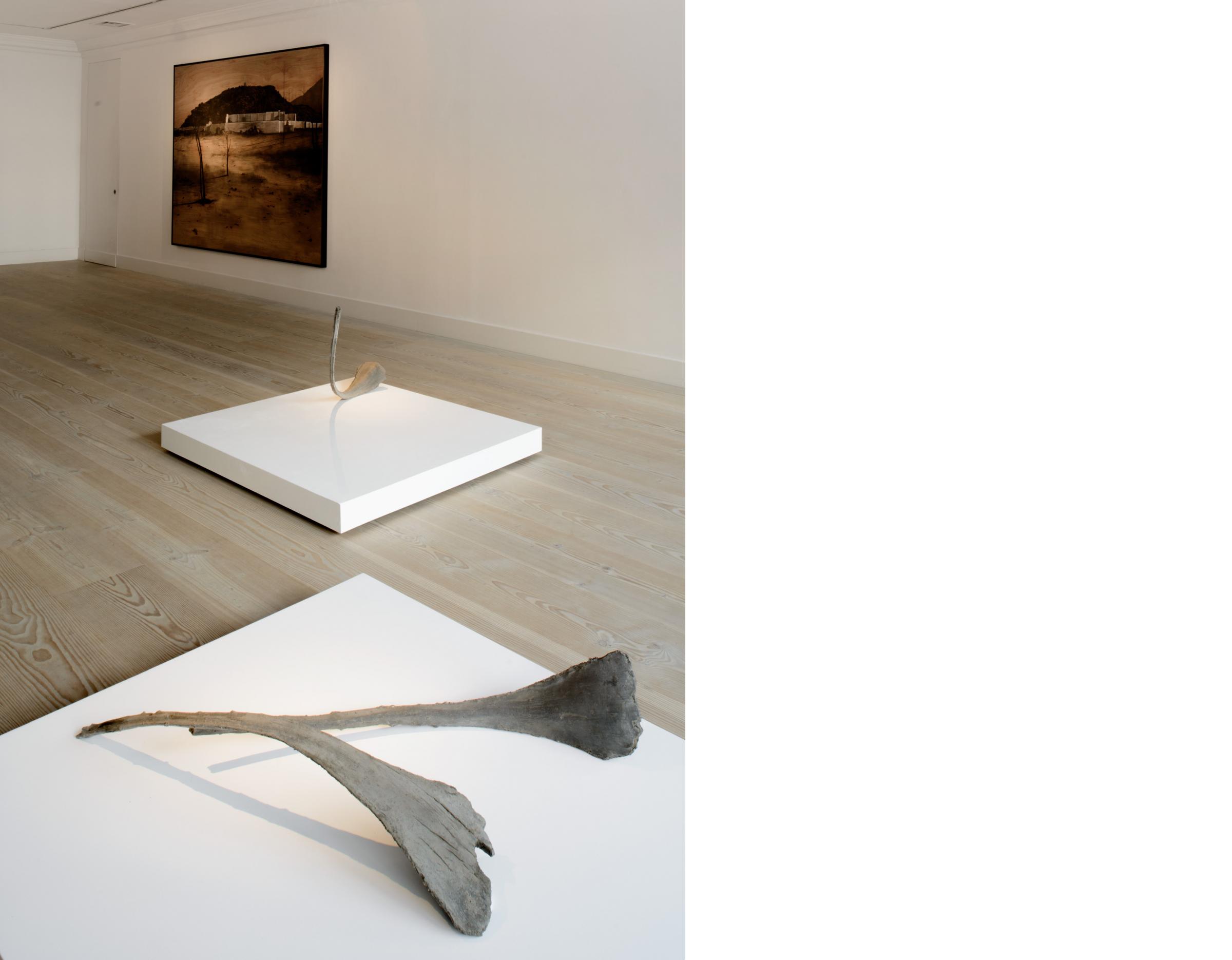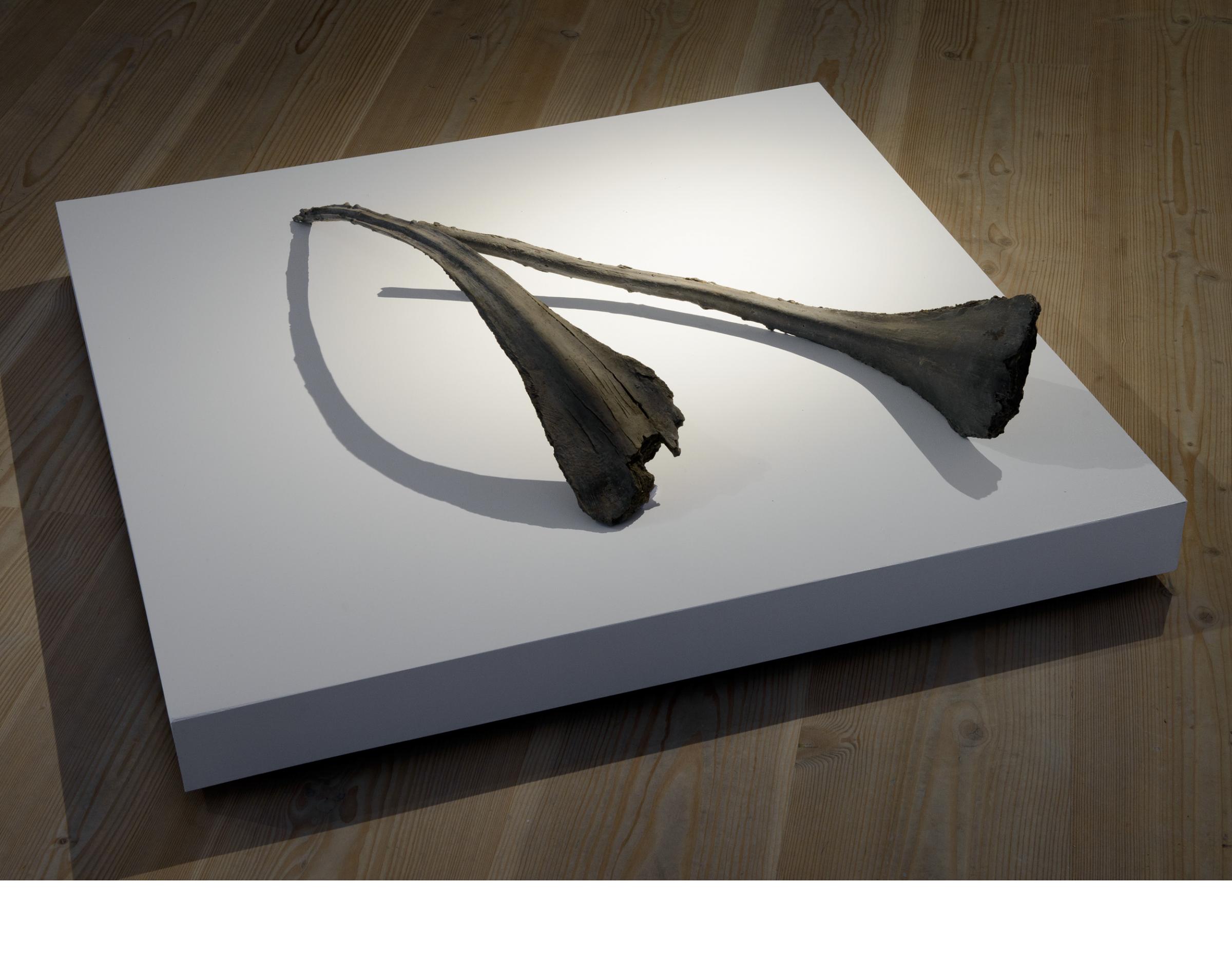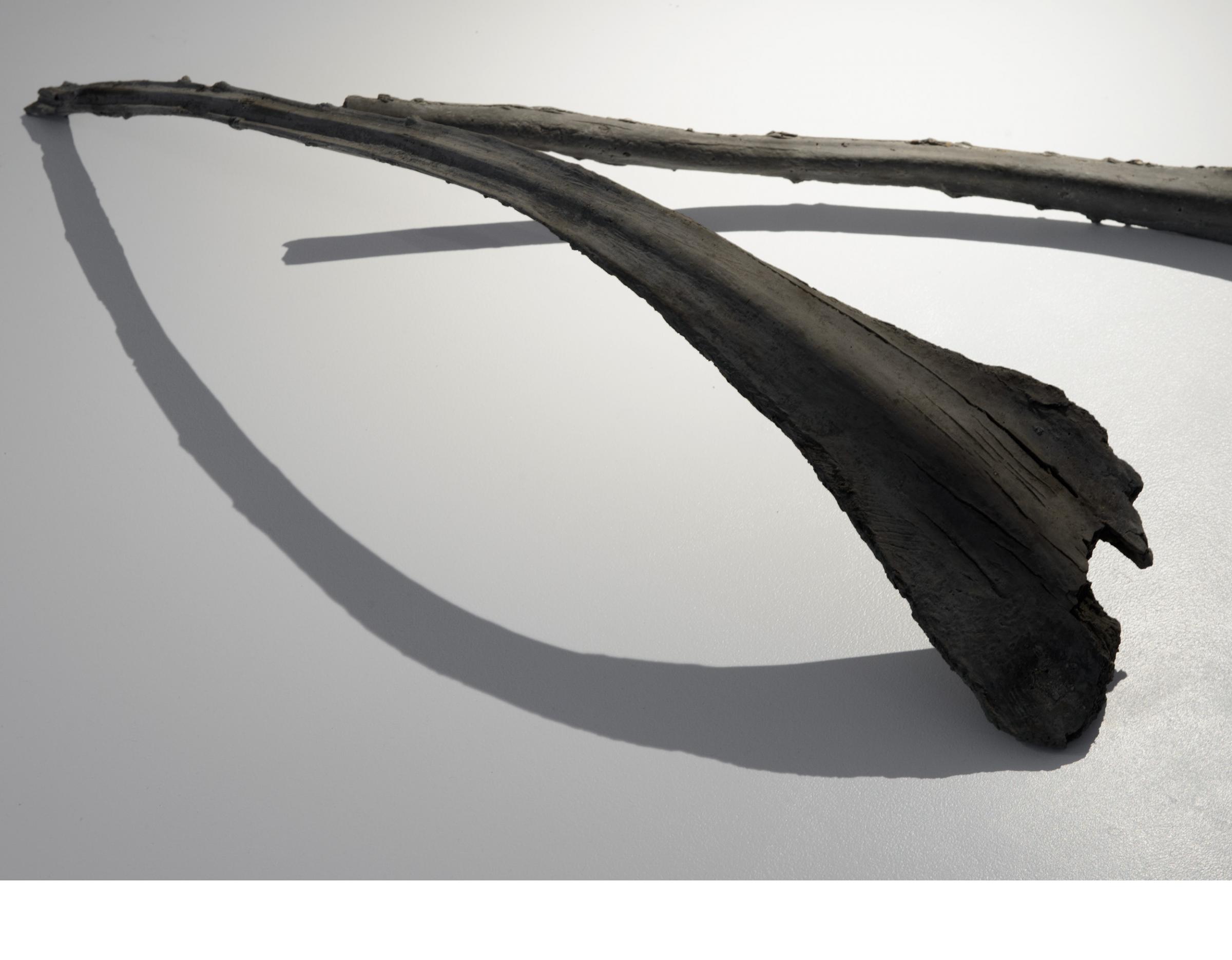Congregation
Location: Gazelli Art House, London, UK
Date: 10 October – 23 November 2014
Much of my work draws on the imagery and allegories of the Quran, filtered through my life experiences and encounters with people of other faiths and none. I am particularly fascinated by the way that animals and other natural phenomena carry such potent symbolism throughout the world.
The desire to fly and the fascination with feathered beings is one such universal human trait. It reaches across cultures and time to our most enduring mythologies and pursuits, finding its expression in the Icarus myth, in Abas ibn Firnas’s flying machines in 9th century Spain and Leonardo da Vinci’s Renaissance “ornithopter,” among so many others.
Although we may not have achieved sustained physical flight until relatively recently in human history, we have throughout this time had recourse to metaphorical flight: that of the mind through imagination and learning, activities which we engage in both privately or collectively. These “flights of the mind” are central to all creative work and thinking, and so they hold a special fascination for me as an artist.
More personally, birds took root in my imagination through the myths of my childhood. A key text for me is the 12th-century Sufi allegory, The Conference of the Birds, in which the birds of the world come together to choose a king.
Congregation takes its inspiration the tale of the protection of the sacred Ka'bah by a divinely-inspired flock of abaabil birds, who defeated a large army by dropping burning pebbles upon them. The abaabil can be said to combine matter and aura, existing in two different dimensions – one physical and one cultural.
To the uninitiated, it is nothing but a small animal; to the believer, it is resonant with religious significance – a tiny thing rendered powerful by God’s intervention.
The word ‘abaabil’ simply means ‘flock’ or ‘coming from everywhere’ in Arabic, and is evidence that the species of the birds in the Quranic story was unspecified. However, in Saudi Arabic today, ‘abaabil’ is a word allocated to a specific species. In the text of the Quran, the abaabil birds are given little physical description, while in later writings in the Quran story, they are rendered variously fantastical – the largest birds ever seen, green in colour, with predatory faces and dog-like paws, etc. Over time, the birds have been mythologised, acting as a neutral ground for believers’ imagination. In this way, they have something in common with the medieval tradition of the bestiary, that gave us imaginative hybrids such as the griffon, and fantastical creatures such as the phoenix. Birds are powerfully potent symbols in many cultures (in various traditions, storks bring babies, magpies arbitrate on fortune, crows bring death, and so on). We are fascinated by birds’ flight and its association with freedom and escape, and with their obvious ability for language – a facility which removes uniqueness from our own species’ linguistic power.
Taking its cue from all this, the birds in Congregation have the same size as a real abaabil species of bird, but are very much fantastical in form – a distorted, unsettling and unreal creature, tying in with bestiary traditions.
The work consists of 99 wooden stands, each approximately 80cm high, arranged in the traditional serried ranks of an army ready for battle. Meanwhile, 313 life-sized abaabil birds, variously perch on the stands.
